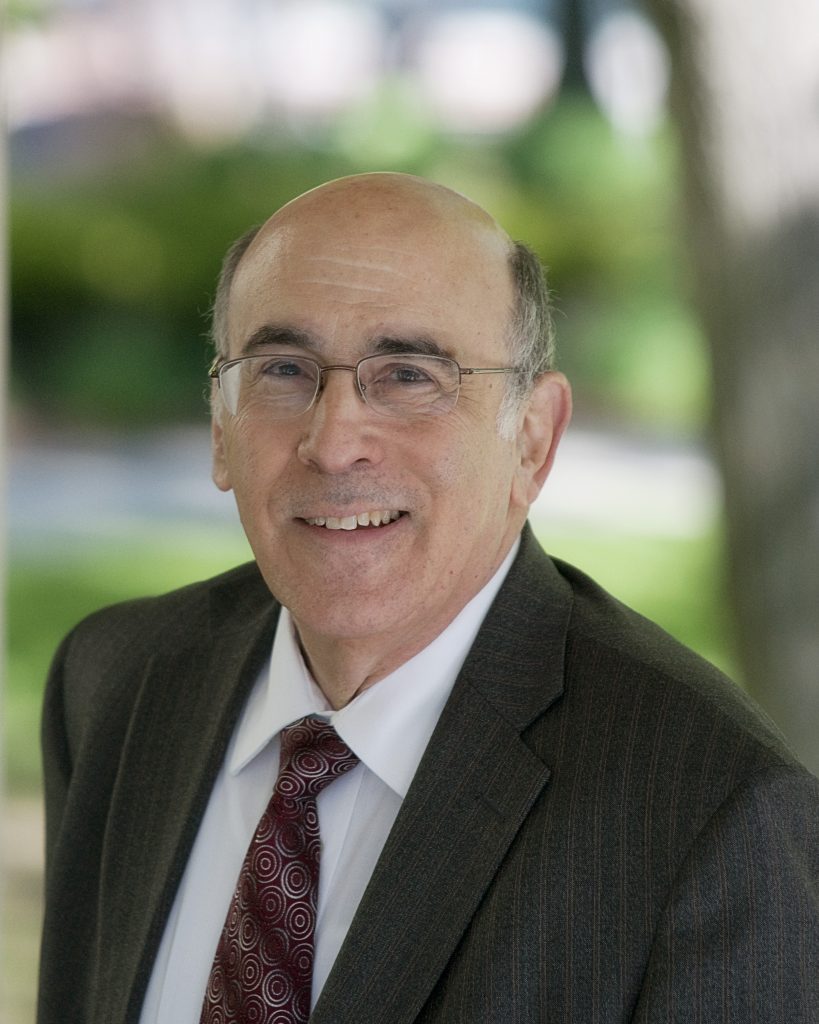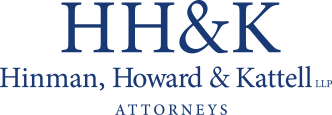Skip this article if you don’t generate a lot of income subject to capital gains taxes—or, if you’re comfortable paying the full capital gains rate. But if you’d like to lower your capital gains taxes, read on.
Buried in the 2017 Tax Cuts and Jobs Act is a new addition to the Internal Revenue Code (§1400Z), which incentivizes long-term investments in economically distressed areas called “Opportunity Zones” (“OZ”). These OZs are census tracts that have poverty rates of at least 20 percent, or median family incomes no greater than 80 percent of the surrounding area, as well as areas adjacent to such census tracts. The objective of the OZ legislation was to boost private investment in underserved urban and rural communities by allowing a broad array of such investors to pool their resources to rebuild distressed neighborhoods. However, there are also substantial benefits to the investors.
The new code provision establishes 5, 7, and 10-year investment holding milestones which, if achieved, result in the deferral of capital gains tax, a step-up in basis, and even the possible permanent exclusion of capital gains. In order to reap these benefits, an investor must invest the gain realized on any third-party sale or exchange in a “Qualified Opportunity Fund” (“QOF”) within 180 days of the sale or exchange. The capital gain can then be excluded from gross income (by attaching the requisite form to their tax return) until the earlier of the date on which the investment is sold or exchanged, or the end of 2026. This favorable tax treatment for gains in OZs is also expected to be applied at the state level.
The statute provides that the capital gain must be reported in 2026. Assuming the gain was held in a QOF for 5 years, the taxpayer will only be required to pay tax on 90% of the capital gain, or only 85% if held for 7 years. If the investment is kept in the QOF for 10 years, the investor will be able to step up his tax basis to fair market value, thereby excluding from taxation all capital gains income.
The statute defines a QOF as “an investment vehicle organized as a corporation or a partnership for the purpose of investing in qualified opportunity zone property.” It must hold at least 90% of its assets in qualified OZ property (including stock, partnership interests, and business property). QOFs can invest equity into OZ businesses or real estate projects. Numerous QOFs have already been established. The high level of interest is shown by the 141 responses to recent inquiries from the Kresge and Rockefeller Foundations from fund managers across the U.S. who are creating QOFs.
In the Spring of 2018, the Treasury designated more than 8,700 OZs, located in every state and territory. 514 OZs have been designated in New York State, including 208 in Upstate NY, and 149 in the Southern Tier. Broome County alone contains 29 OZs—including 21 qualified census tracts, 17 low income communities (LICs), and 6 eligible non-LIC contiguous tracts. An Economic Innovation Group fact sheet on the OZ program is available.
Opportunity knocks. Will you answer?
Article written by Kenneth S. Kamlet, Esq. For more information, contact Mr. Kamlet at (607) 231-6914 or via email at kkamlet@hhk.com.

